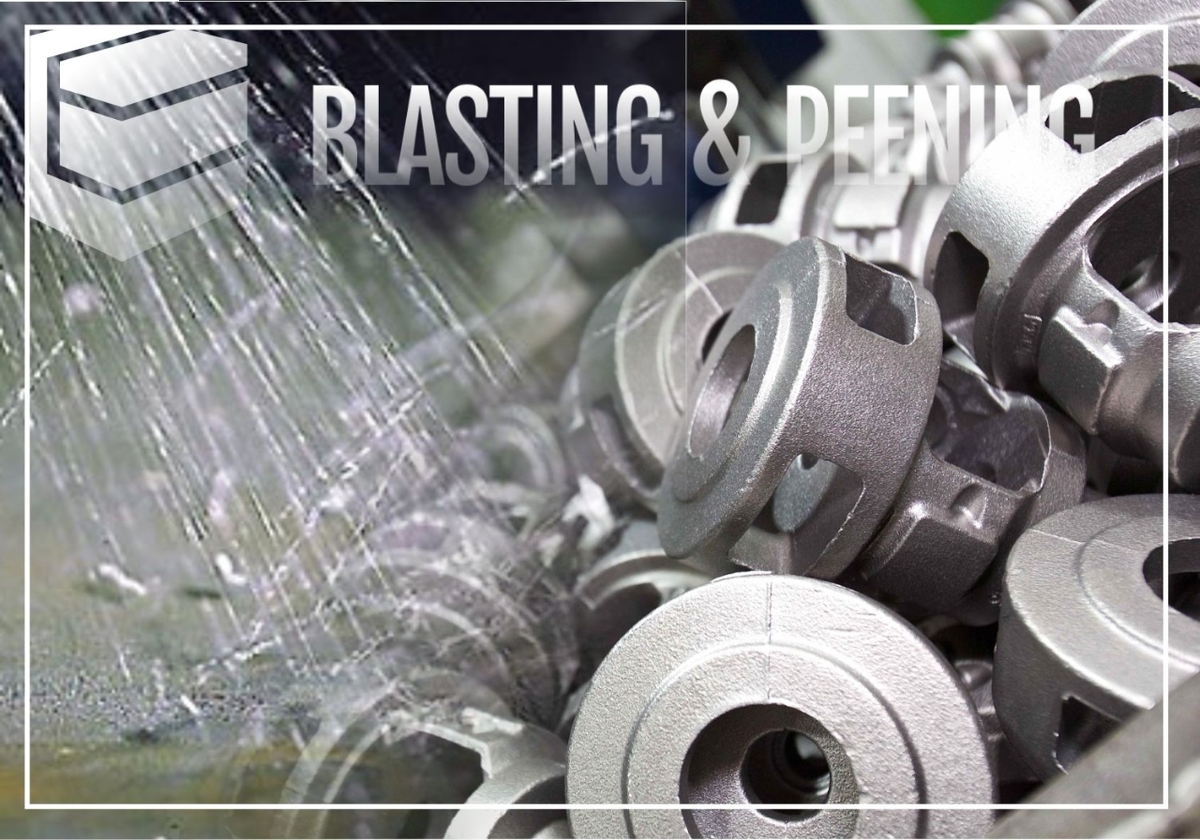Shot peening is the process used to harden, and improve the fatigue life, of metal objects.
For centuries, man has been using force on metal to improve fatigue life. We are all familiar with Hollywood movies showing blacksmiths repeatedly hammering metal to improve its strength. Shot peening is similar as it is a mechanical process to repeat that desired effect of the blacksmith.
Different machines are used in shot peening; air blast or wheel blast, but all have the same end result. In shot peening, small spherical balls are directed toward the surface of the metal object. These balls can be made of ceramic, glass, cut wire or steel. Upon impact, the balls create tiny craters/dimples on the metal. When a group of these balls/shotsimpact the surface they generate multiple indentations, resulting in the component being encased by a compressive stressed layer on the metal surface.
This induced compressive stress layer increases resistance to fatigue (including corrosion fatigue, stress corrosion and cavitation erosion) while also helping to resist the development and propagation of cracks.
The surface residual compressive stresses created by shot peening will differ depending on factors including the intensity and coverage of the peening media. Intensity is measured with an ‘Almen Strip Test’. This test includes blasting a size-determined strip of metal with the media and measuring the deformation of the strip. Using a formula and graphs, and repeating the process one can determine intensity. Coverage can be measured multiple ways to ensure complete coverage of the area requiring peening. All shot peening specifications will list the required intensity and coverage.
Not enough coverage or too weak of intensity will not sufficiently harden the metal. Too much peening will result in excessive cold working of the surface of the workpiece, which can lead to fatigue cracking. It is therefore important to take account of the material properties alongside the peening intensity and exposure time.
In addition to these applications, shot peening can be used for sand removal in foundries, descaling, and surface finishing for castings used in engine blocks and cylinder heads.
The process is also widely used to relieve tensile stresses created through work hardening in aircraft repairs. Where processes such as grinding can create tensile stresses, shot peening can replace these with beneficial compressive stresses. Depending on factors such as shot quality, material, intensity and coverage, shot peening can increase fatigue life by as much as 1000%.

